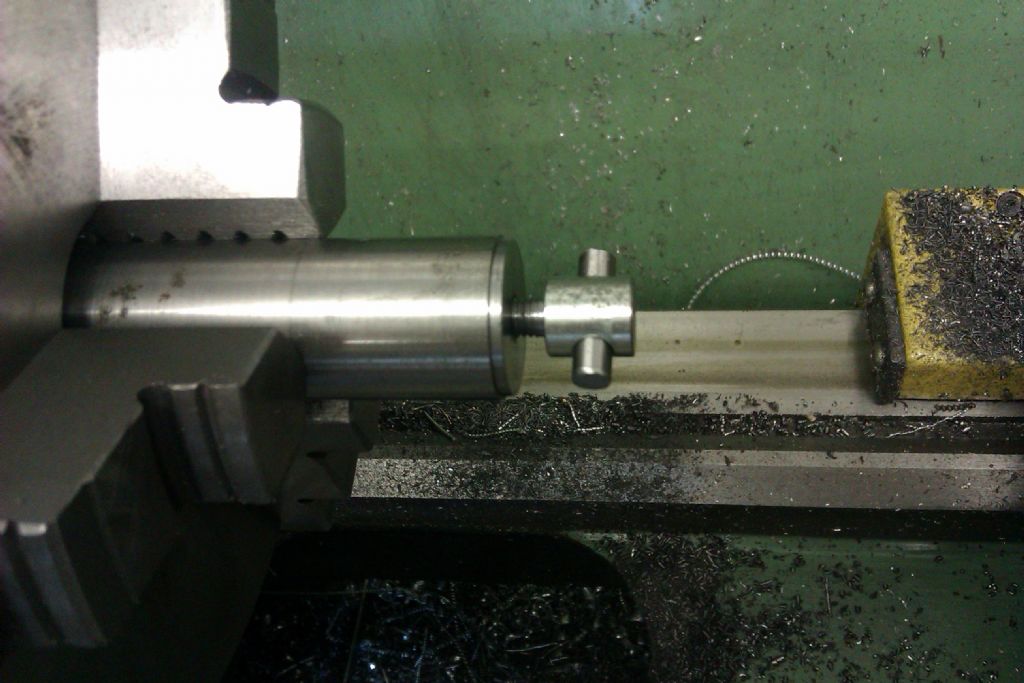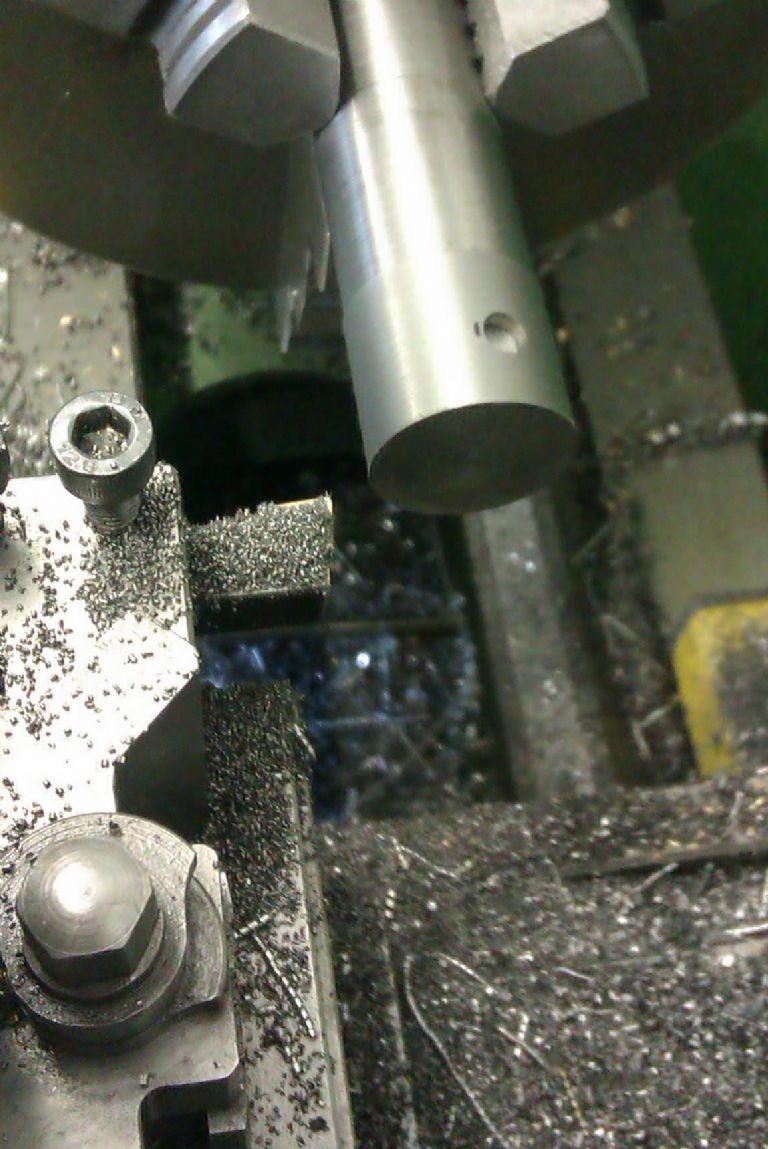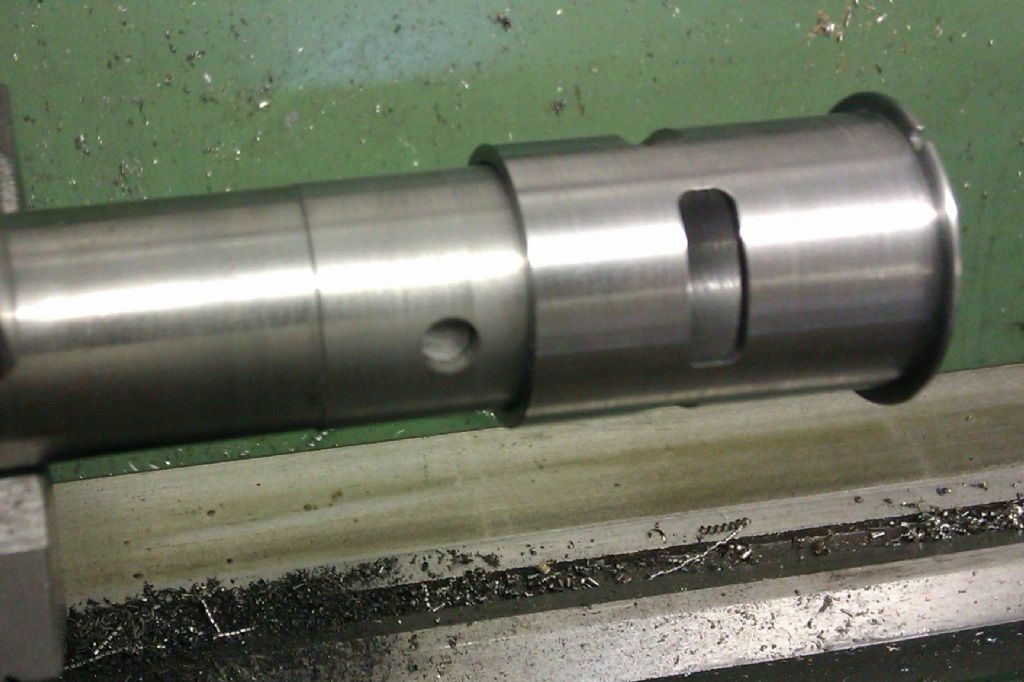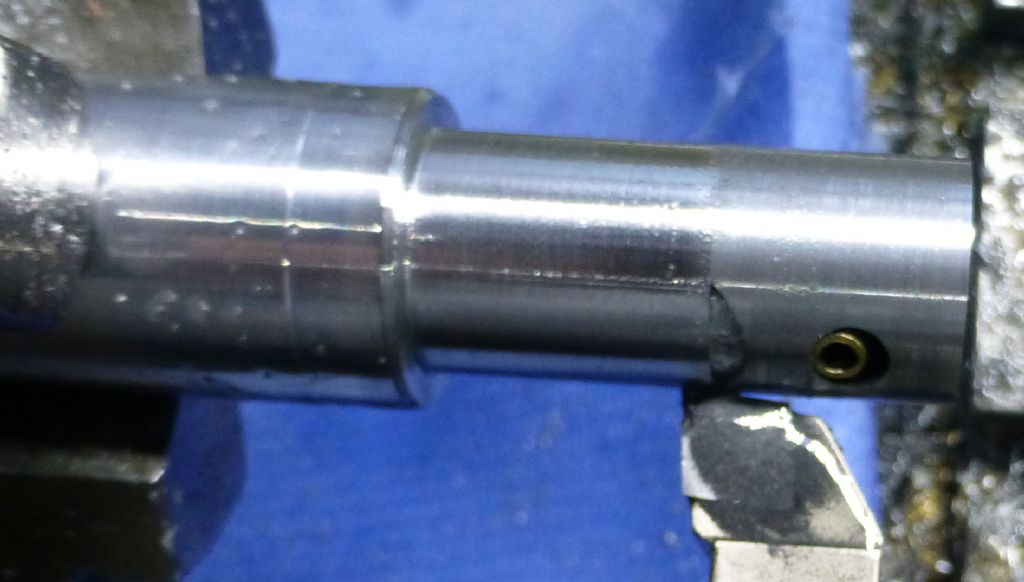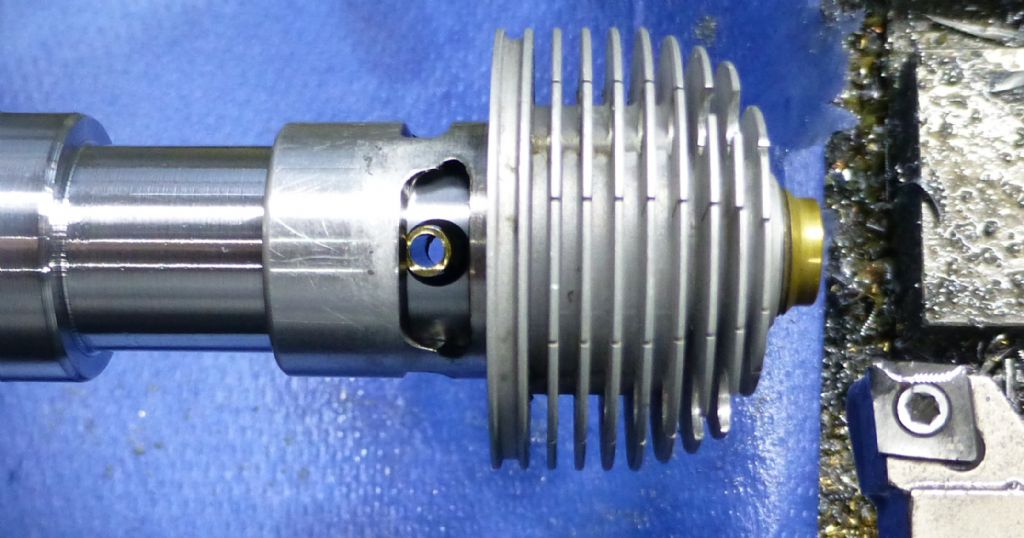Holding piston
Holding piston
- This topic has 25 replies, 14 voices, and was last updated 13 April 2016 at 12:14 by
Neil Lickfold.
- Please log in to reply to this topic. Registering is free and easy using the links on the menu at the top of this page.
Latest Replies
Viewing 25 topics - 1 through 25 (of 25 total)
-
- Topic
- Voices
- Last Post
Viewing 25 topics - 1 through 25 (of 25 total)
Latest Issue
Newsletter Sign-up
Latest Replies
- How many rings per piston?
- UK Steel Supplier? 125 x 125 x 50 BMS
- Depth of cut cowells me90
- Will iron rivets expand to fill oversized hole?
- Bandsaw vs Powered Hacksaw vs Chop Saw?
- Ultra Newcomer Lathe Setup Query
- Meek style dog-clutch for a Colchester
- Chuck- Lathe yet another type.
- Pratt Bernard Grip true issues
- semiconductor help mosfets?


